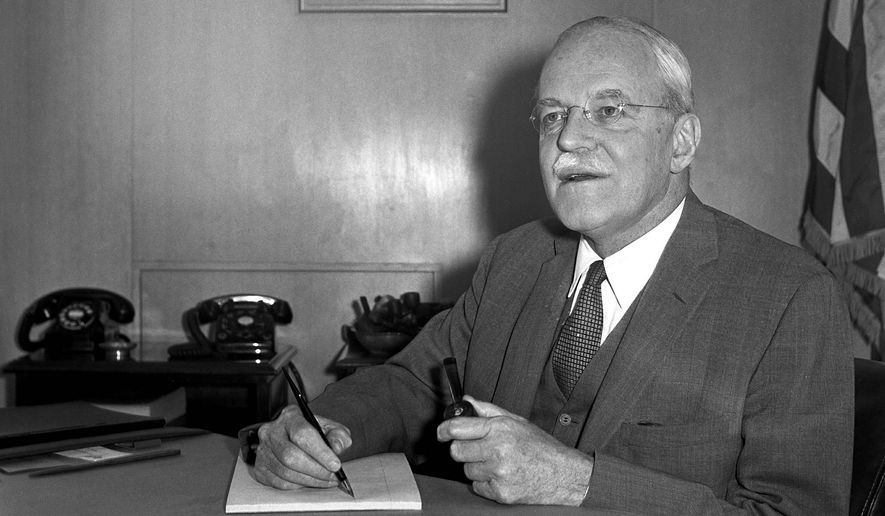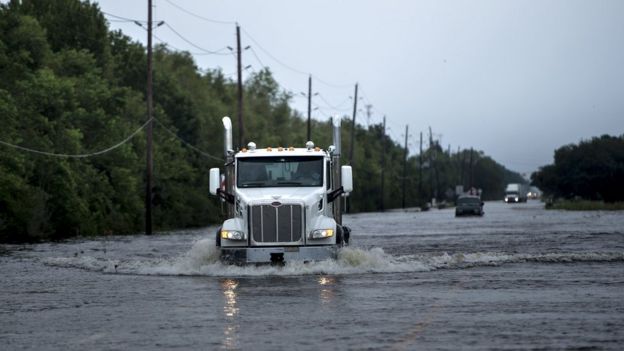New App to Help Customs Officers Improve Radiation Detection for Nuclear Security

Customs officer Mengsrom Song and his colleagues are used to the sound of radiation alarms. One third of cargo container shipments passing through the Phnom Penh Autonomous Port set off alarms on the sensitive radiation portal monitors intended to catch smuggled radiation sources and nuclear material.
All of the alarms since the device was installed in July 2016, however, have been caused by material such as tiles, fertilizers and construction materials, said Song, Deputy Chief of the customs office at the port, located on the Mekong River just outside Cambodia’s capital. The port handles a quarter of the country’s foreign trade.
“Evaluating radiation alarms represents a huge challenge for us as they require us to perform secondary inspections on dozens of containers a day,” Song said. “This takes time and resources, and detracts from our other work.” Secondary inspections involve the time-consuming use of hand-held radionuclide identification devices, which measure the amount of radiation and identify its type and source, as well as analysis of the radiation portal monitor’s data to check the commodity type and origin.






